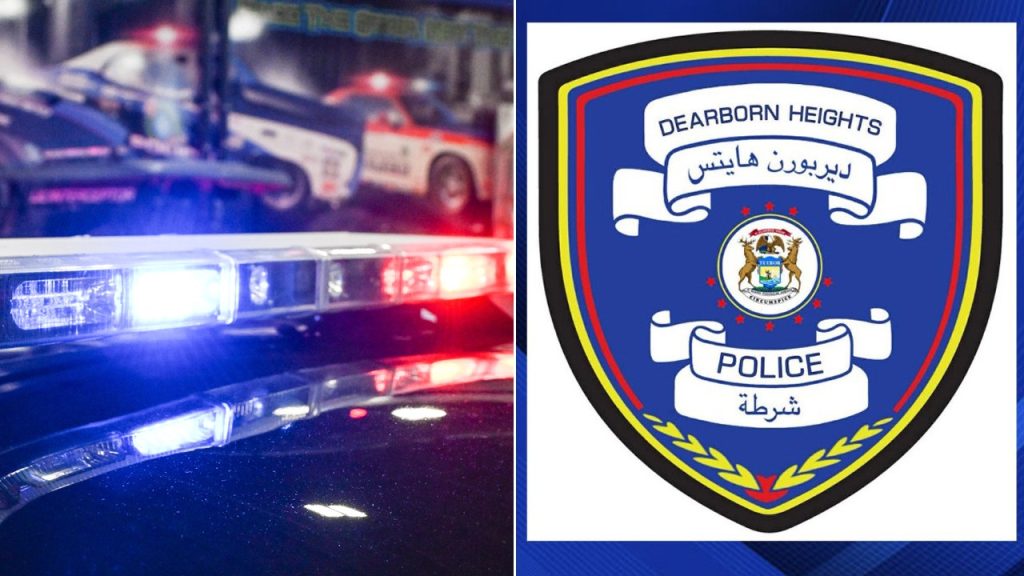Dearborn Heights Police Introduces Bilingual Patch to Honor Community Diversity
In a move celebrating cultural diversity, the Dearborn Heights Police Department in Michigan has unveiled a new optional patch for officers that features text in both English and Arabic. The patch, which prominently displays “DEARBORN HEIGHTS” and “POLICE” in both languages, was designed to acknowledge the significant Arab American population in the community. This initiative represents a thoughtful approach to community policing in one of America’s most diverse regions, where representation and cultural recognition can help build stronger bonds between law enforcement and residents.
The creative force behind the patch is Officer Emily Murdoch, whose design aims to “reflect and honor the diversity of our community – especially the many residents of Arabic descent who call Dearborn Heights home,” according to the department’s Facebook announcement. Officer Murdoch’s initiative demonstrates how individual officers can contribute meaningfully to community relations through cultural awareness. The department emphasized that the bilingual design represents “unity, respect, and our shared commitment to service,” values that underpin effective community policing in multicultural environments. This recognition of the city’s demographic makeup signals the department’s dedication to inclusive representation.
The optional nature of the patch is a key aspect of the initiative, giving officers personal choice while maintaining departmental cohesion. “Our officers proudly serve all members of our community, and this new design is another way we continue to celebrate the rich cultures that make our city unique,” the department stated in their announcement. The approach acknowledges the practical reality of policing in a diverse community where language and cultural barriers can sometimes create challenges. By incorporating Arabic script, the department makes a visual statement about accessibility and respect that can resonate with Arab American residents who may otherwise feel disconnected from law enforcement.
Dearborn Heights sits adjacent to Dearborn, which boasts one of the largest concentrations of Arab Americans in the United States. The region has a rich history of Arab immigration dating back generations, with residents contributing significantly to Michigan’s cultural and economic landscape. Many families have lived in the area for multiple generations, establishing businesses, cultural centers, and religious institutions that have become integral to the community’s identity. The police department’s recognition of this demographic reality reflects an understanding that effective policing requires cultural competence and community engagement that spans language barriers.
The introduction of the patch, however, has not been without controversy. Republican Representative Randy Fine of Florida criticized the initiative on social media, writing, “They said their goal was to bring sharia law to America. You should’ve believed them. Pray for Michigan.” Fine’s comment, which failed to acknowledge the optional nature of the patch, represents a perspective that views cultural accommodations with suspicion rather than as bridges to community connection. Such reactions highlight the ongoing tensions surrounding cultural diversity and integration in American public institutions, where even well-intentioned gestures can become flashpoints in broader political debates.
Despite such criticism, initiatives like the Dearborn Heights bilingual patch represent an evolving approach to community policing that recognizes the changing demographics of American cities. Similar efforts have emerged across the country in communities with significant immigrant populations, where law enforcement agencies are finding ways to overcome language barriers and build trust. The patch serves as a small but meaningful symbol of inclusion in a profession that depends heavily on community cooperation and trust. For the residents of Dearborn Heights, particularly those of Arab descent, seeing their language represented on the uniforms of those sworn to protect them may foster a greater sense of belonging and partnership with local law enforcement.


